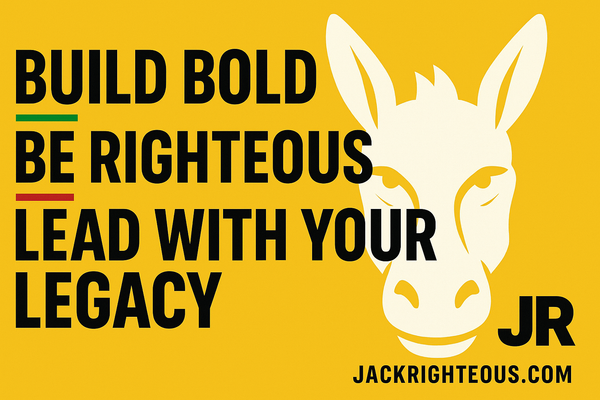How to Avoid Copyright Issues Before Releasing Your Music Track
Gary Whittaker
My Personal Experience with Copyright Infringement
Before we dive into the process of ensuring your track is ready for release, let me share a personal story. I was in the middle of creating a 4-song EP about the Garden of Eden and Original Sin. The last song I completed was the epic opener, and I was thrilled. After releasing around 100 songs on SoundCloud with only one flag in the past, I was confident. I spent days perfecting the cover art and the lyrics video, scheduled the premiere on YouTube, and celebrated with a treat. But then, the dreaded notification came—a copyright flag on an entire section of my song. It was a crushing blow, especially after all the work I’d put in. This experience taught me the importance of thorough due diligence before releasing any track.
Why Due Diligence Matters
Before promoting your song, it’s crucial to ensure that it passes copyright checks. This process helps identify potential issues before you invest significant time and resources into mixing, mastering, and promoting the track. While these checks won’t guarantee you’ll never face a copyright claim, they can save you from many headaches down the line.
Step 1: Run a Full Song Copyright Check
-
Platforms: Use platforms like SoundCloud and YouTube to run initial copyright checks on your track. Both platforms have robust content ID systems that can flag potential copyright issues.
-
SoundCloud: Upload your track in MP3 or WAV format. SoundCloud will automatically check the track against its database and flag any potential copyright issues.
-
YouTube: Create a simple video using your track (in MP4 format) and upload it to YouTube. YouTube’s Content ID system will check for any potential copyright issues during the upload process.
-
-
Note: A flag doesn’t necessarily mean your track has a real copyright issue, but it does require you to follow up and resolve the flag before releasing the track. Similarly, not getting flagged doesn’t guarantee that you won’t face issues later.
Step 2: Test on Social Media in Parts
-
Platforms: Post segments of your track on social media platforms like TikTok, Instagram, and Facebook. These platforms have their own content screening processes and can help you identify if any specific parts of your track are problematic.
-
TikTok & Instagram: These platforms are great for testing short segments of your track. If a segment gets flagged, you can narrow down the issue to a specific part of the song.
-
Facebook: Similar to TikTok and Instagram, Facebook’s content screening can also flag potential issues, allowing you to address them before a full release.
-
-
Why This Matters: By testing your track in parts, you can identify and fix issues before they become larger problems. This step is especially important if you’re planning to use these platforms for promotion.
The Bigger Picture: Ensuring a Smooth Release
The goal of this due diligence process is to prevent any issues that could derail your promotion efforts. By taking these steps, you ensure that your release is smooth, giving you the most significant impact possible when you finally launch your track.
For those reading this article out of context, remember that this is all about maximizing the success of your music release. Before you start promoting your track, make sure it’s clear of any potential copyright issues to avoid setbacks.
And So
Thoroughly vetting your track before release is essential to avoid copyright issues that could ruin your launch. My personal experience taught me the hard way, but you can take proactive steps to prevent similar situations. By running your track through copyright checks and testing it on social media, you ensure that your track is ready for the world to hear—without any unexpected surprises.
Ready to Launch or Level Up Your AI Music Journey?
🔹 Start Here – The Suno AI Creator Guide:
https://jackrighteous.com/pages/suno-guide-getting-started
🔹 Learn to Brand with Sound – GET JACKED Into Suno Branding:
https://jackrighteous.com/pages/start-ai-music-branding
🔹 Unlock the Full Anthem Path – GET RIGHTEOUS System Access:
https://jackrighteous.com/pages/get-righteous-anthem-guide
(Requires one of the following:
– https://jackrighteous.com/products/get-jacked-full-pro-kit
– https://jackrighteous.com/products/get-jacked-pro-ai-music-kit
– https://jackrighteous.com/products/sanctuary-digital-download-support-the-album-build)
